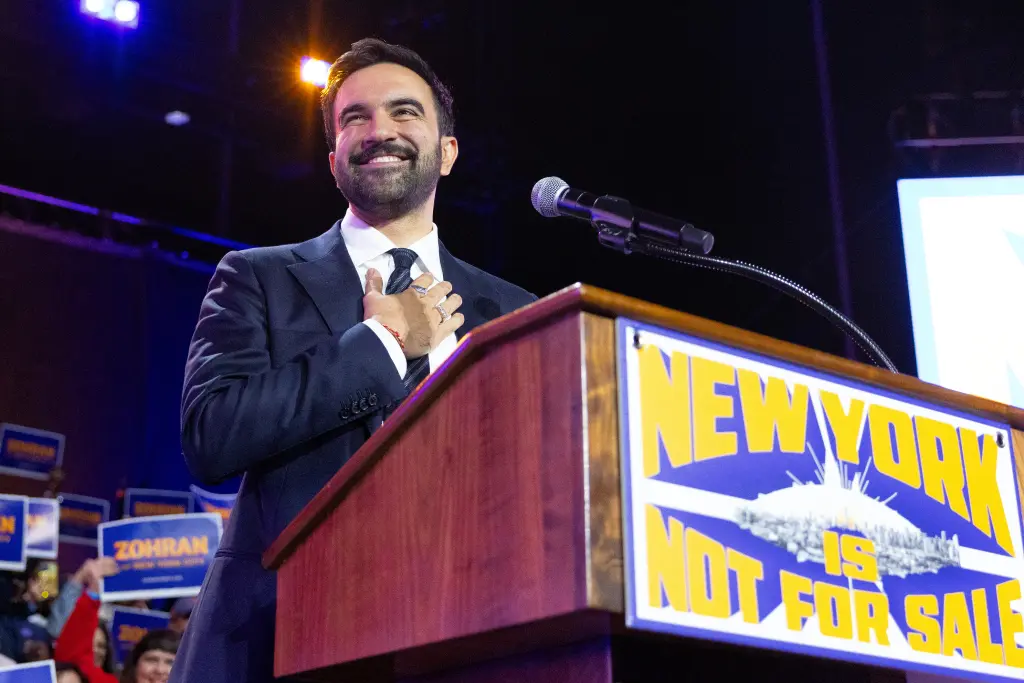With Bold Promises to Freeze Rents, Make Buses Free and Launch City-Owned Grocery Stores, Zohran Mamdani’s $10 B Agenda Could Upend Life in New York City—Here’s What It Really Means for You
When Zohran Mamdani stepped onto the stage of New York’s political future, he did so with a message that felt like a clarion call to millions of working-class New Yorkers who have watched rent climb, groceries soar and affordable housing disappear. At 33, the democratic socialist state assembly member who represents a Queens district now found himself as the Democratic primary winner in the city’s mayoral race. His platform is both expansive and audacious: freeze rents, build 200,000 new affordable homes, launch city-run grocery stores, make the city’s buses free and raise taxes on the richest New Yorkers and corporations.

There’s no question that the ambition is enormous. Analysts estimate that some of his major proposals—for example, universal childcare, fare-free buses and the affordable housing drive—could cost the city in the vicinity of $6 billion annually just for childcare alone, and hundreds of millions more for transit and grocery initiatives. That kind of money—even in a vast economy like New York’s—forces both wonder and worry. Can it be paid for? What are the trade-offs? What happens if the math doesn’t work out?
Mamdani’s path to ascendancy offers as much context as his promises. He emerged in a crowded Democratic primary, buoyed by a youthful base, social-media energy and a message targeted at affordability and equity. His rise startled many political watchers: one poll had him trailing former governor Andrew Cuomo by 30 points earlier in the year. Now, as the likely nominee in November for New York City’s mayor, he is being asked to turn campaign poetry into policy. And reality bites.
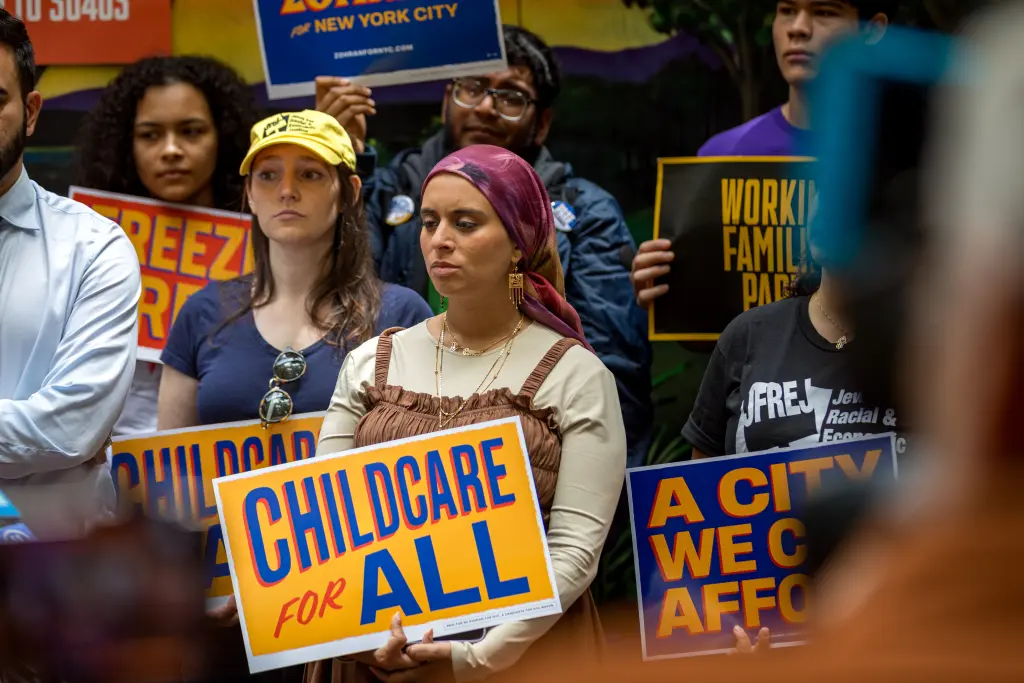
The core of Mamdani’s argument: New York is a city built by working people and yet increasingly shaped by rents, mortgages and expenses that leave them behind. “This is a city that needs to be affordable for the people who build it every day,” he has said. His housing plan is among the boldest: spend roughly $100 billion over ten years to build 200,000 publicly-subsidized, rent-stabilized units and freeze rents for the roughly one million rent-stabilized apartments in the city. It’s a striking vision—one that clearly resonates with renters who feel squeezed.
But the challenges are equally vivid. Experts caution that even though a rent freeze might apply only to stabilized units (not newly built market-rate units) and thus may not immediately choke new construction, the risks remain. Reduced investment in property maintenance, delayed upgrades, and the political pushback from landlords and real-estate interests are real. Meanwhile, damping the costs of housing without finding viable funding could lead to debt growth or budget strains. Indeed, one estimate pegged the debt burden under Mamdani’s vision at an additional $70 billion.
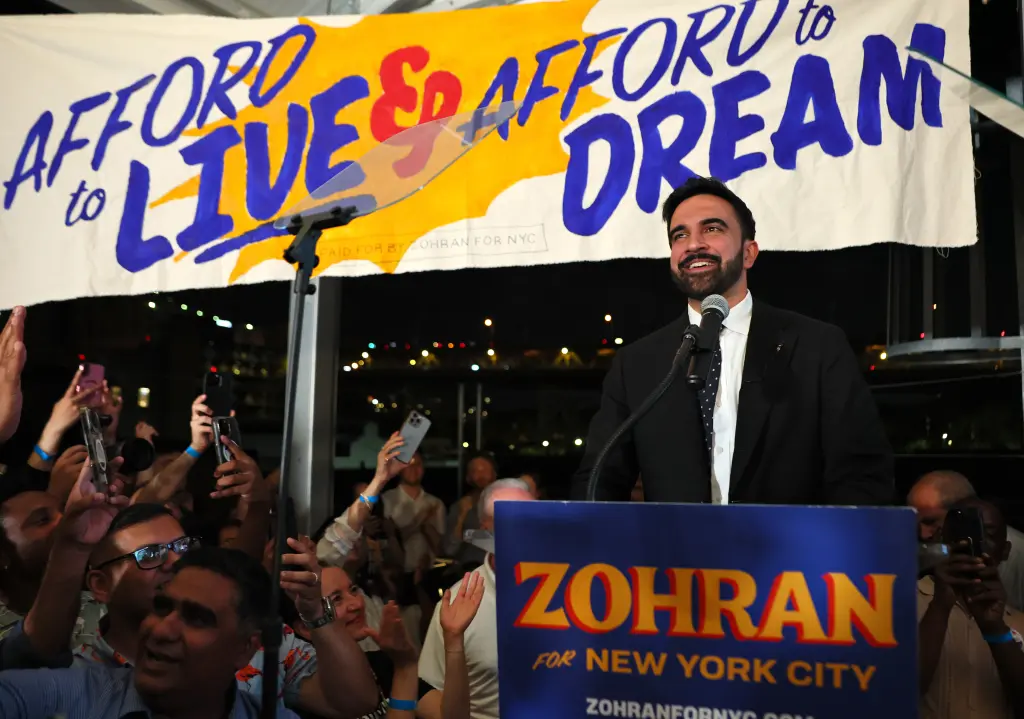
Beyond housing, the “free bus” and grocery store proposals have drawn attention as emblematic of his “affordability-for-all” playbook. Bus service in many cities has seen a resurgence when fares are lifted; free rides could boost ridership and reduce car use, easing congestion and emissions. Mamdani’s grocery idea is perhaps more novel: five city-run supermarkets, one in each borough, selling essentials at wholesale prices to blunt soaring food-at-home inflation. New York’s number jumped nearly 66 percent from 2013 to 2023.
To pay for it all, Mamdani proposes raising the corporate tax to 11.5 percent, matching New Jersey, and adding a 2 percent income tax on New Yorkers earning over $1 million annually. He also speaks of increasing contract efficiency and enforcement to yield more revenue. The question: will the state legislature agree? Governor Kathy Hochul has already declared opposition.
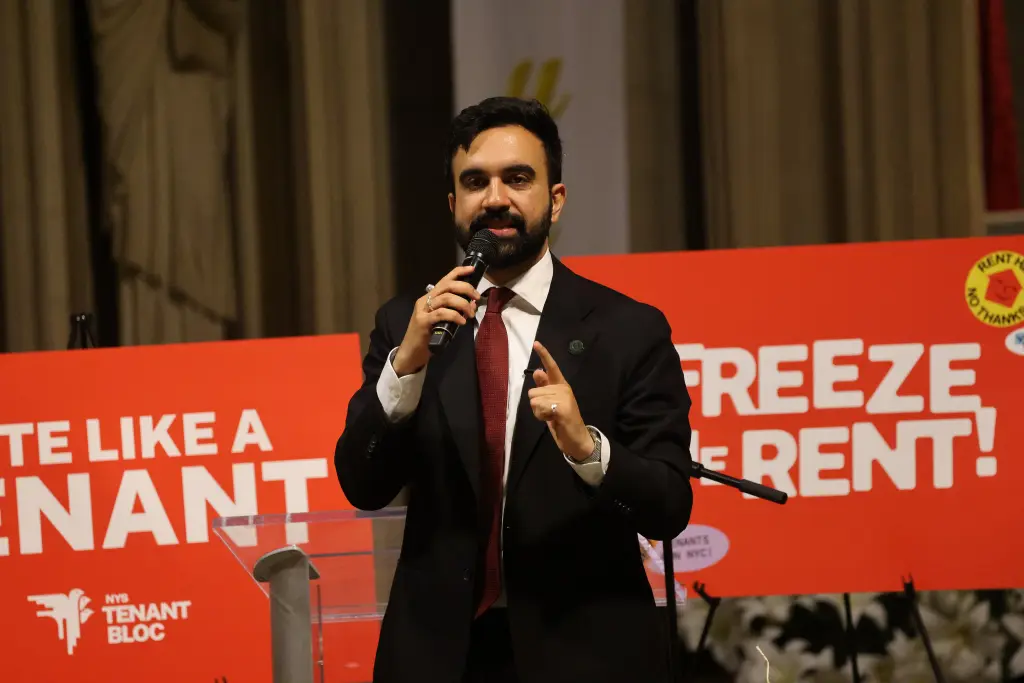
It’s in this tension—between big dreams and narrow budgets—where the story of Mamdani’s potential tenure will be written. Supporters say he is charging toward a needed reset: New York has lost tens of thousands of residents in recent years, as affordability spirals and many feel shut out of the city they helped build. They argue that modest reforms haven’t sufficed; a bolder hand is required. After all, to simply kick the can down the road would leave more people with no place to live.
Critics, though, warn against naivety. Without buy-in from major stakeholders—landlords, developers, transit agencies, grocery supply chains—and without a funding model that is both sustainable and realistic, the programs risk half-measures or failure. Some of his critics say that running up enormous debt or increasing taxes could drive business or wealthy residents away, undermining the city’s tax base. Others say his experience is limited—he has been in the state assembly since 2021 and sponsored only three bills that became law.
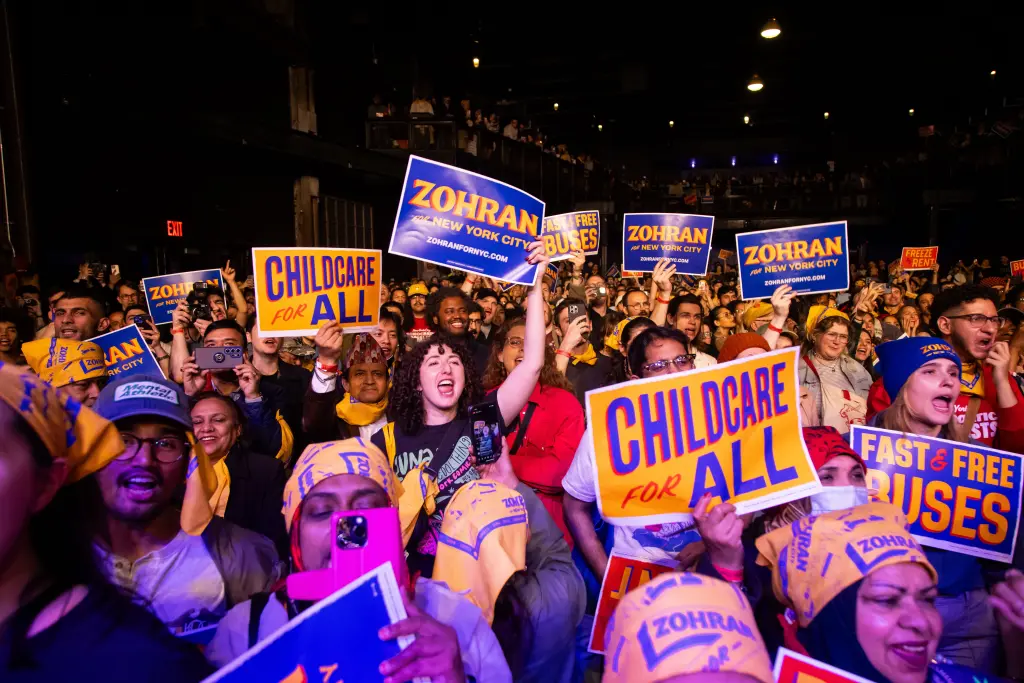
In neighborhoods across Brooklyn, Queens, the Bronx and Manhattan, the reaction is undoubtedly mixed. For a renter whose rent is rising faster than income, the promise of stability is tantalising. For a small-business owner or landlord, the threats feel real. For commuters tired of congestion, the idea of free buses is exciting. For taxpayers asking where the money will come from, there is caution. And for those who care about New York’s role as a global financial and cultural capital, the risk is whether the city can keep its economic engine running while embracing redistribution.
Emotionally, Mamdani taps into something deeper than policy. He evokes a city where people feel belonging, where cost shouldn’t punish the majority, where government intervenes decisively to tilt the playing field. That message land-slides in certain districts. It has potential to reshape power relations in New York. The question is whether the policy execution will match the message.
As the city hurtles toward a November general election, and if such a November win leads to governance, the next chapters will hinge on legislative cooperation, budgetary discipline, stakeholder management and the blunt truth of what is practical. Even a candidate with the best intentions cannot rewrite structural problems overnight. If he becomes mayor—the first under his platform’s full banner—Mamdani will face not just the challenge of implementation, but of resistance from entrenched interests and institutions anchored in the city’s status quo.
For many New Yorkers, the stakes are intensely personal: the child who shares a bedroom, the family choosing between rent and groceries, the daily bus ride that might be free. If Mamdani delivers, the texture of life in America’s largest city may change in ways that ripple far beyond its borders. If he falters, the backlash could be swift and unforgiving.
In either scenario, what Mamdani proposes is more than just another election platform—it is a test of whether bold progressive governance can scale in a city whose complexity rivals that of entire nations. New York is watching. The world is watching. And for the millions who call its five boroughs home, the promise of a more affordable, fairer tomorrow rests on whether these lofty pledges turn into lived reality.
